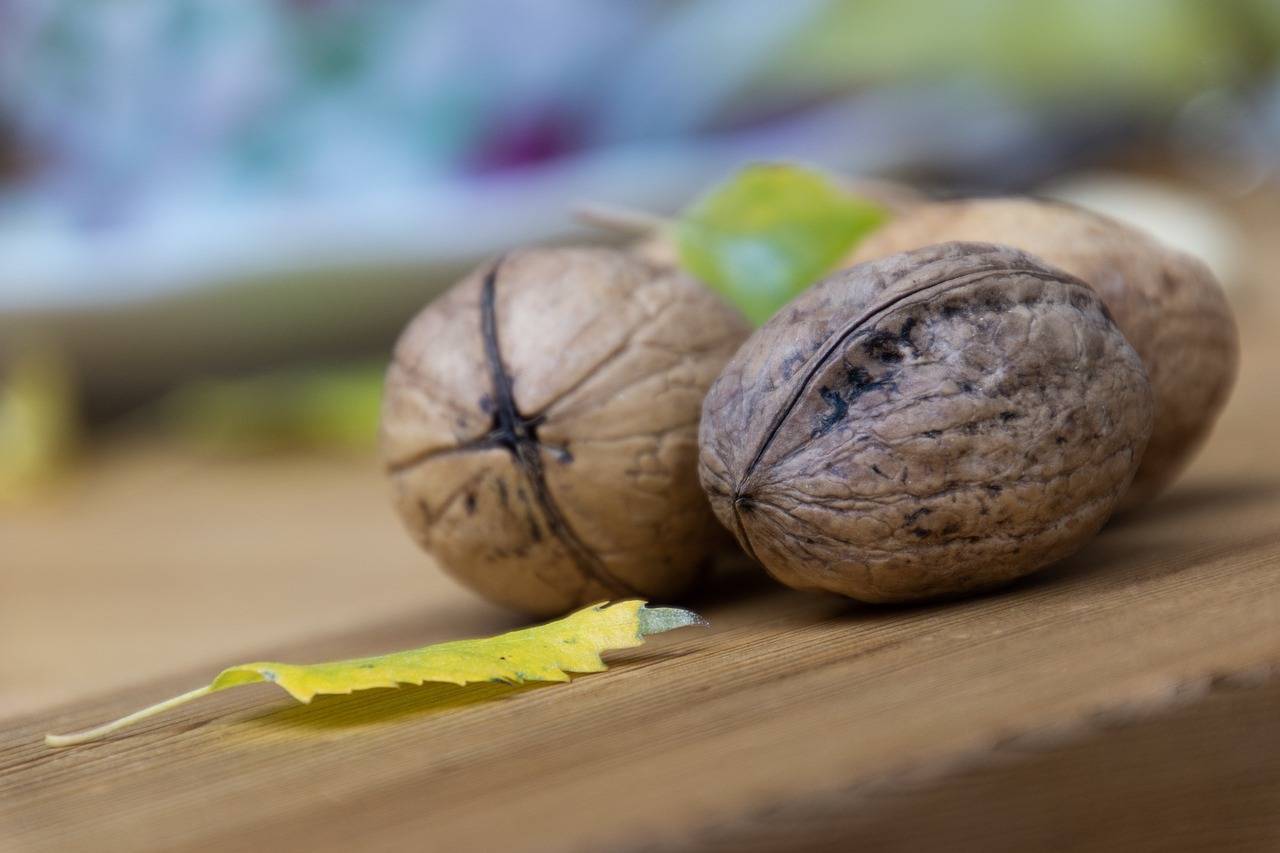The Psychology of Habits: How to Make Healthy Choices Stick
Habit formation is a complex process that involves a series of behaviors becoming automatic through repetition. When we engage in a behavior consistently in a particular context, our brains start to create associations between the context and the action itself. This can lead to the behavior becoming ingrained as a habit, making it easier and more instinctual for us to perform.
Understanding habit formation also involves recognizing the role of rewards in shaping our behaviors. The brain craves the reward or satisfaction that comes from completing a habit loop, which reinforces the habit even further. This cycle of cue, behavior, and reward is what solidifies habits in our daily lives, making them difficult to break once they are established.
The Role of Cue and Craving in Habit Loop
Habits are formed through a complex interplay of cues and cravings within our daily routines. The cue serves as a trigger that signals the brain to initiate a specific behavior, setting the habit loop into motion. Whether it’s a visual cue, a particular time of day, or an emotional state, these cues prompt our brains to automatically execute the habit without conscious thought.
Cravings, on the other hand, are the motivating force behind our habits. They are the intense desires or impulses that drive us to seek out the reward associated with a particular behavior. Whether it’s the satisfaction of a sugary treat, the relief of stress through smoking, or the sense of accomplishment from completing a task, cravings play a key role in reinforcing and perpetuating our habits.
What is habit formation?
Habit formation is the process by which actions become automatic responses to specific cues, often leading to repetitive behaviors.
How do cues play a role in the habit loop?
Cues act as triggers that signal the brain to initiate a habitual behavior. They can be environmental, emotional, or social stimuli that prompt a specific action.
What is craving and how does it contribute to the habit loop?
Craving is the intense desire or urge for a particular reward associated with a habit. It serves as the motivation for engaging in the habitual behavior after the cue is triggered.
Can habits be broken if the cues and cravings are identified?
Yes, by disrupting the cue-craving-reward cycle and replacing it with a new behavior, habits can be broken over time.
How can one change a habit loop?
One can change a habit loop by identifying and modifying the cues and cravings associated with the habit, as well as introducing new routines and rewards to replace the old ones.





